Wim Hof Review: 100 Days Of Deep Breathing
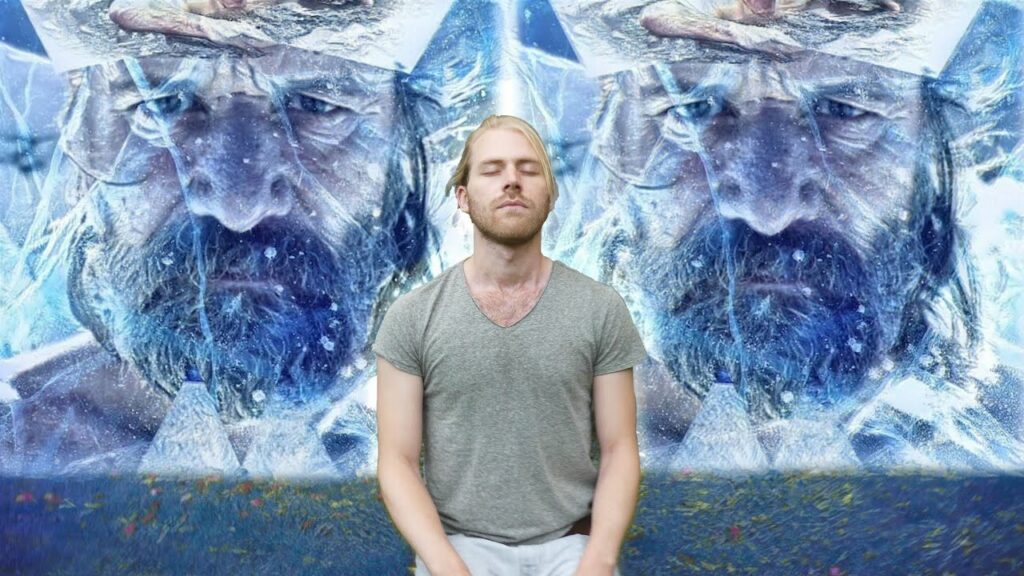
A Journey of Healing: 100 Days of Wim Hof Method In the pursuit of relief from chronic pain and seeking enhanced well-being, individuals often turn to unconventional methods that promise holistic healing. One such method gaining attention is the Wim Hof method, a combination of specialized breathing techniques, exposure to cold, and the power of […]
Wim Hof Testimonies: 7 Day Results By Pigmie
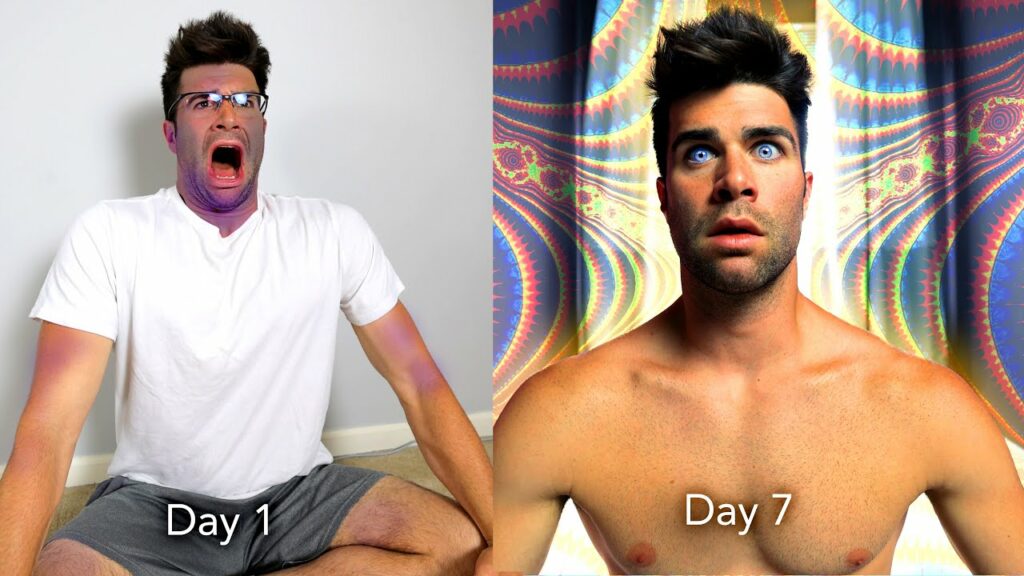
Unlocking Mind Strengths: A 7-Day Wim Hof Breathing Challenge Review In the quest for self-improvement and mental resilience, many turn to unconventional methods to unlock hidden potentials within themselves. One such method gaining popularity is the Wim Hof breathing technique, endorsed by the renowned “Iceman” himself, Wim Hof. Pigmie, a dedicated YouTube videographer, recently embarked […]
Eckhart Tolle Meditations
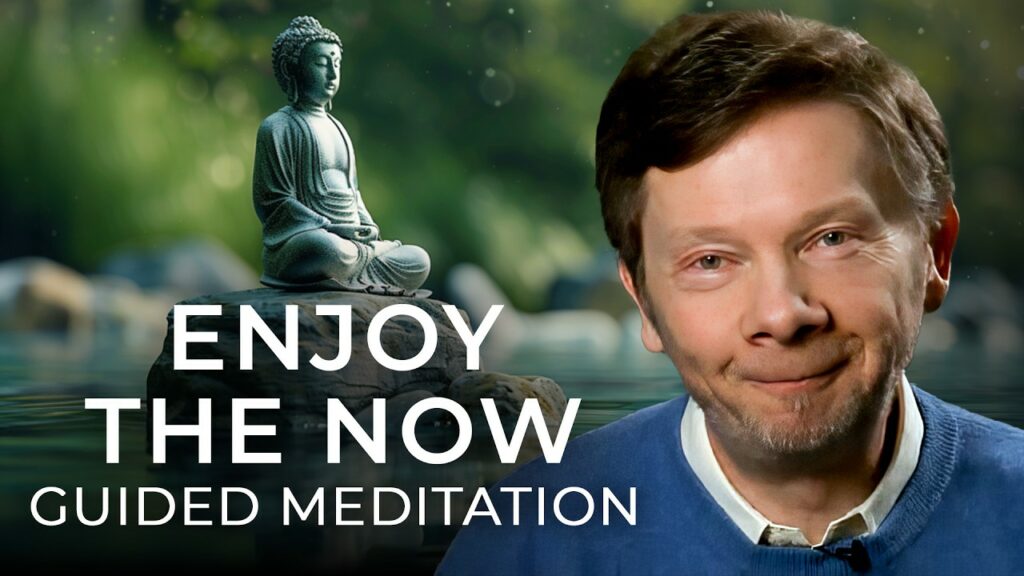
Discover Inner Peace and Presence: Eckhart Tolle’s YouTube Meditation Channel Eckhart Tolle’s YouTube Meditation Channel offers a sanctuary for seekers to delve into the transformative power of presence and mindfulness. Through a collection of guided meditations and teachings, Tolle invites viewers to embark on a journey of inner exploration, awakening, and self-discovery. Embark on a […]
Discover The Manly Art Of Meditation
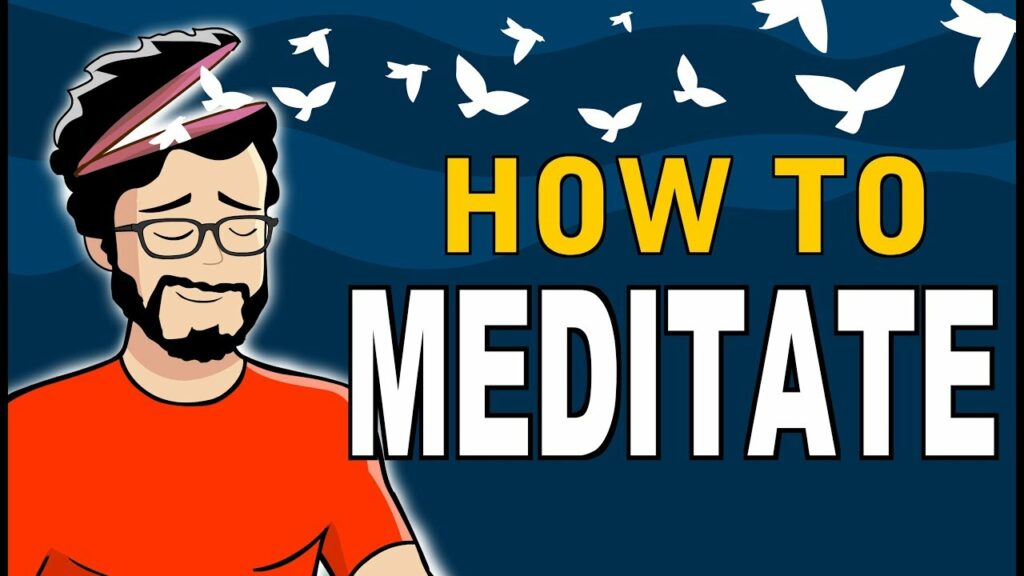
Exploring Mitch Manly’s Meditation Tips for Beginners Meditation, often considered a daunting practice, has gained traction in modern society as a tool for mental well-being. Among the myriad of guides and tutorials available online, one particularly engaging resource is Mitch Manly’s YouTube video titled “How To Meditate For Beginners (Animated).” In this insightful video, Mitch […]
Light Watkins
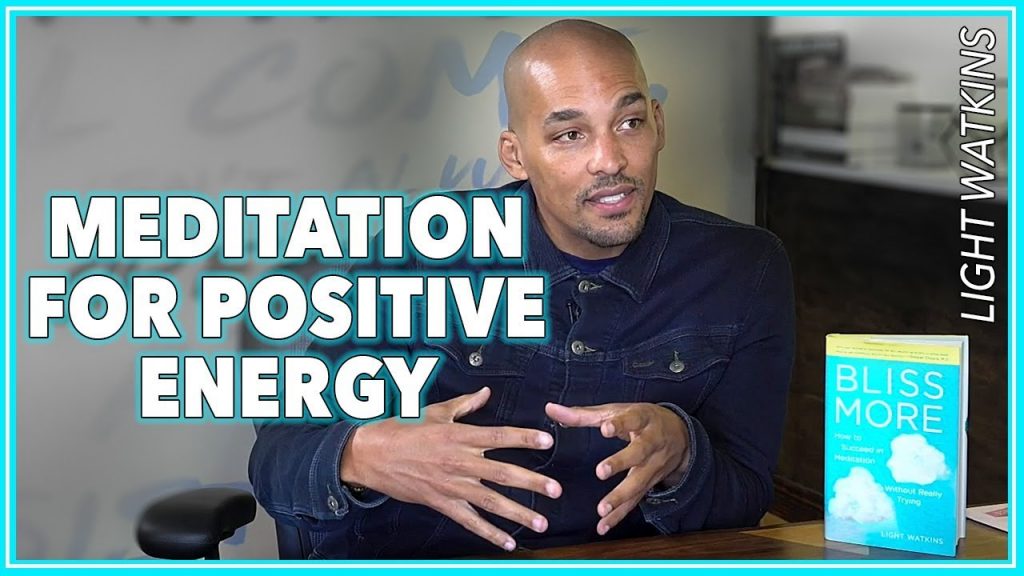
Light Watkins: Illuminating the Path to Mindfulness and Meditation Mastery Journey to Inner Peace: Exploring the Teachings of Light Watkins Light Watkins is a globally renowned meditation teacher, author, and speaker, whose mission is to demystify meditation and make it accessible to people from all walks of life. With a unique blend of humor, wisdom, […]
